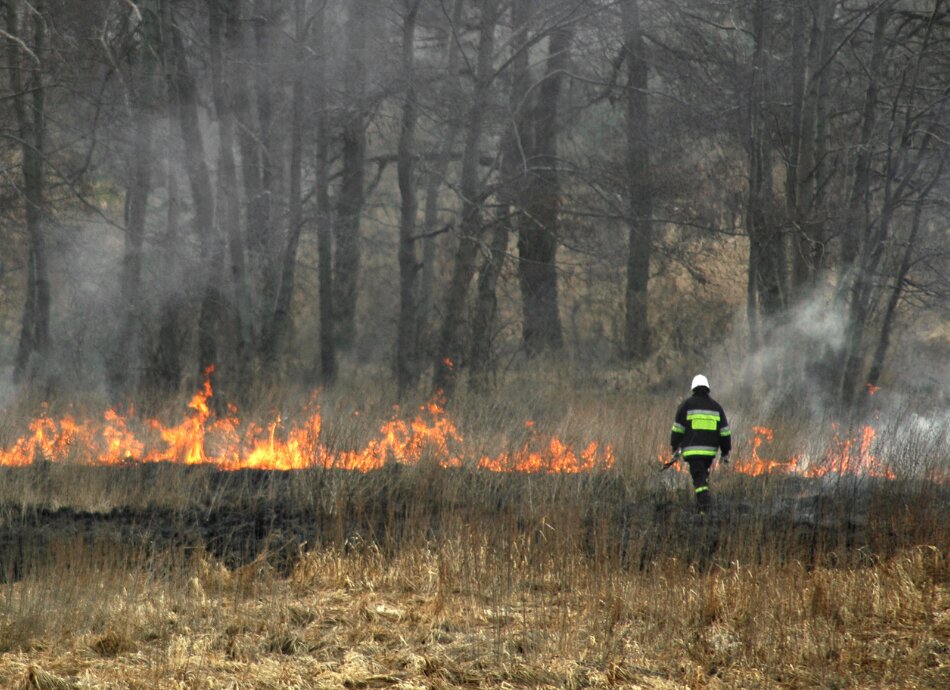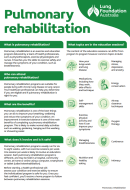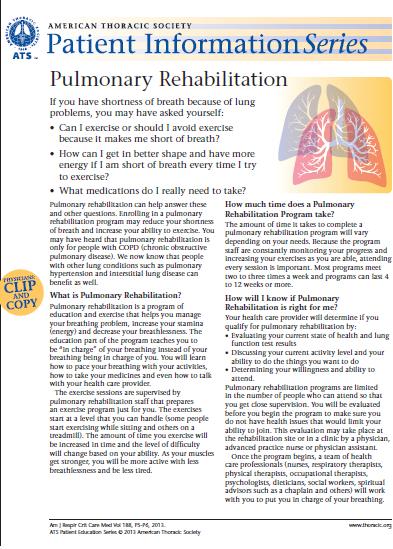Wishing everyone a safe and happy Christmas and New Year – Meri Kirihimete from the Healthify team.
Reactive airways dysfunction syndrome
Also known as reactive airway disease
Key points about RADS
- Reactive airways dysfunction syndrome (RADS) describes breathing problems that develop after a single exposure to high levels of an irritant gas, smoke, fumes or vapours.
- Symptoms usually develop rapidly within 24 hours after the exposure and include a tight chest, wheezing, cough and shortness of breath.
- Symptoms can range from mild to severe and can last for months to years – it can become chronic and lead to a diagnosis of asthma or chronic RADS.
- Occupational asthma is asthma that's caused or aggravated by exposure to irritants in the workplace.
- There's ongoing controversy about the difference between chronic RADS and bronchial asthma.

Inhaling high levels or irritants will result in swelling of your breathing tubes and symptoms similar to acute asthma with cough, wheeze and chest discomfort. Anyone can get RADS. It is caused by a high exposure to irritant gas, smoke, fumes or vapours. This can be from a chemical spill, leak or a fire. RADS usually develops quickly and often symptoms stay for a longer period of time.

Image credit: Pacific Northwest Agricultural Safety and Health Center via Wikimedia Commons(external link) (amended)
What causes RADS?
Anyone can get RADS. It's caused by a high exposure to irritant gas, smoke, fumes or vapours. This can be from a chemical spill, leak or a fire. RADS usually develops quickly but symptoms may stay for a longer periods of time.
People who are in certain occupations are at higher risk of exposure to irritants. These include:
- firefighters
- cleaners
- farmers
- police
- welders
- emergency service workers
- pulp mill workers.
Common irritants include:
- petrol fumes
- wood fire
- smokes
- cleaning chemicals such as chlorine.
Symptoms of RADS typically develop within 24 hours (usually less) of exposure to high concentrations of irritants. Symptoms can last for longer periods of time, eg, months to years, even after the irritants are removed. If they continue for a long period of time you may be diagnosed as having asthma.
Common symptoms of RADS include:
- cough
- shortness of breath or difficulty breathing
- chest discomfort or tightness
- wheezing (a whistling, musical or squeaky noise in your chest)
- a burning sensation in your throat and nose.
Contact your healthcare provider or go to the nearest emergency department immediately if you have the symptoms above. |
It's also important to let your healthcare provider know you were exposed to an irritant gas, smoke, fumes or vapours before your symptoms developed.
Your healthcare provider will ask you some questions related to your symptoms, including:
- any exposure you've had to irritants such as gas, smoke, fumes or vapours
- whether you have been diagnosed with asthma or other lung conditions previously
- if your symptoms developed suddenly or within 24 hours after you were exposed to irritants
- your occupation.
Your healthcare provider will examine your lungs, check your oxygen levels, and request a chest X-ray and/or a spirometry and blood tests if necessary.
Sometimes, RADS, or ultimately asthma, may only be diagnosed after multiple follow-up visits to your healthcare provider. You may need to ask for a referral to a respiratory specialist to get a correct diagnosis.
Treatment of RADS depends on whether it's acute (started suddenly) or chronic (lasting long-term).
Acute RADS
If you have developed any of the symptoms above within 24 hours of exposure to an irritant, you should contact your healthcare provider or go to the nearest emergency department as soon as you can. Asthma medicines such as bronchodilators or inhaled or oral (by mouth) corticosteroids are given in an acute situation.
Chronic RADS
Symptoms of RADS can last for months or years, so for long-term management of the condition it's helpful to seek a referral to a respiratory specialist.
The main treatment for persistent symptoms is to avoid being exposed to irritants. This includes those that triggered RADS, but also cigarette smoke and any other substances that you have reactions to that aren't related to RADS.
Medicines, such as bronchodilators and inhaled corticosteroids, may also be needed to treat asthma-like symptoms.
If you were exposed to irritants in your workplace, you can safely return to work as long as:
- your symptoms are well controlled
- a workplace assessment has been done, and
- safety measures are taken to minimise your exposure to irritants.

Image credit: Canva
Ongoing exposure to irritants can cause continued inflammation and excess mucus production in your airways, and can make your symptoms worse. Where possible, avoid using substances or irritants that cause your condition.
If the substance or irritant is essential to your daily life or work, it may be possible to replace it with something that's less irritating. You may also be able to reduce exposure by using an exhaust ventilation system or an approved respiratory protection device.
Worksafe NZ(external link) is a New Zealand-based organisation that provides general information and resources regarding workplace health and safety. You or your doctor can also make claims in relation to work-related health problems through the Accident Compensation Corporation (ACC NZ)(external link) – there's a range of possible benefits and support.
RADS support is available through RADS International(external link).
RADS International(external link)
Apps
References
- Reactive airways dysfunction syndrome and irritant-induced asthma(external link) UptoDate, US, 2024
- Airways dysfunction syndrome, irritant-induced asthma – diagnosis and management(external link) Medscape General Medicine, US, 2024
- GINA strategy 2020 – management of asthma(external link) Global Initiative for Asthma, US, 2023
- Occupational asthma(external link) Severe Asthma Toolkit, Australia, 2022
Brochures

Lung Foundation Australia, 2025

American Thoracic Society, 2013
Credits: Healthify editorial team. Healthify is brought to you by Health Navigator Charitable Trust.
Reviewed by: Dr Roland Meyer, Specialist Physician, Respiratory and General Medicine
Last reviewed:





